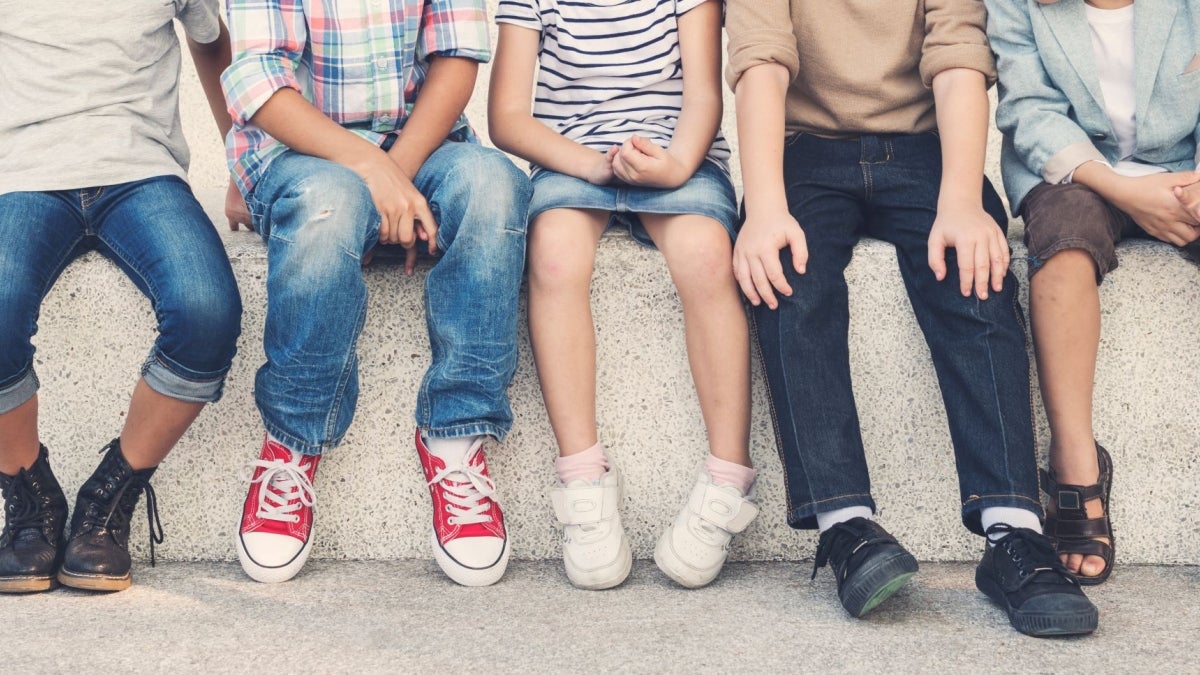According to a Monmouth University poll, seven in 10 Americans say racial discrimination is a big problem. Discrimination affects the economic outcomes, social opportunities and physical health of those who experience it.
In a continuing effort to combat this issue, researchers have turned to child development to find where these attitudes come from and how they change over time.
A recent study led by Tracy Spinrad, a professor in Arizona State University's T. Denny Sanford School of Social and Family Dynamics, shows insight into how children’s racial attitudes develop.
“Our research team has been studying the development of children’s empathy and prosocial behaviors (i.e., sharing, helping) toward needy others for decades, with evidence that there are increases in empathy and prosocial behavior with age. However, investigators have not specifically examined white children’s empathy and prosocial responses toward Black versus white peers,” the research states.
The research, published in Child Development, aims to close this knowledge gap by studying white children’s moral emotions and behaviors toward other races. The investigators showed 190 white children between 5 and 9 years old videos of both Black and white children of the same age experiencing social rejection (i.e., bullying). The researchers observed the children’s facial expressions during the videos and asked the children to self-report their emotions after each video. The children also participated in tasks designed to see if they were willing to share desirable resources (like chocolate coins) with Black and/or white children.
The researchers found that the younger children showed more facial empathy toward peers of their own race, whereas the older children showed empathy toward both races equally. This pattern was also reflected in the sharing tasks, as the younger children preferred to share with peers of their own race, whereas older children shared more fairly with both races.
“These findings indicate that white children as young as kindergarten-age develop clear in-group preferences for other white children. However, with age, and possibly with more exposure to Black peers and diversity, children become more equitable in their feelings of sorrow for others who experience victimization and perhaps more willing to help out-group victims,” the study states.
The researchers also observed the children’s facial anger during the videos. In a deviation from the previous pattern, the older children showed more facial anger when peers of their own race were socially rejected. However, white children’s facial anger toward Black children did not seem to change with age.
“This finding was unexpected; however, with age and experience with peers, children may view teasing and harming others’ property as particularly egregious, especially involving white victims compared to Black victims,” the researchers say.
This study sheds light on how children develop their views of the world and others, which could inform how they are taught about race as early as elementary school.
The researchers explain, “Specifically, we argue that young white children’s empathy-related responding and moral behaviors towards Black peers might motivate their willingness to combat racism. That is, children who develop an emotional connection with historically marginalized groups and who are motivated by concerns about equity and fairness, are likely to continue to experience concern for victims of racism in the future.”
The work was funded by the Institute for Social Science Research at Arizona State University, the T. Denny Sanford School of Social and Family Dynamics’ Diversity Scholarship Grant and Lehigh University’s Faculty Innovation Grant.
More Science and technology

ASU postdoctoral researcher leads initiative to support graduate student mental health
Olivia Davis had firsthand experience with anxiety and OCD before she entered grad school. Then, during the pandemic and as a…

ASU graduate student researching interplay between family dynamics, ADHD
The symptoms of attention deficit hyperactivity disorder (ADHD) — which include daydreaming, making careless mistakes or taking…

Will this antibiotic work? ASU scientists develop rapid bacterial tests
Bacteria multiply at an astonishing rate, sometimes doubling in number in under four minutes. Imagine a doctor faced with a…
